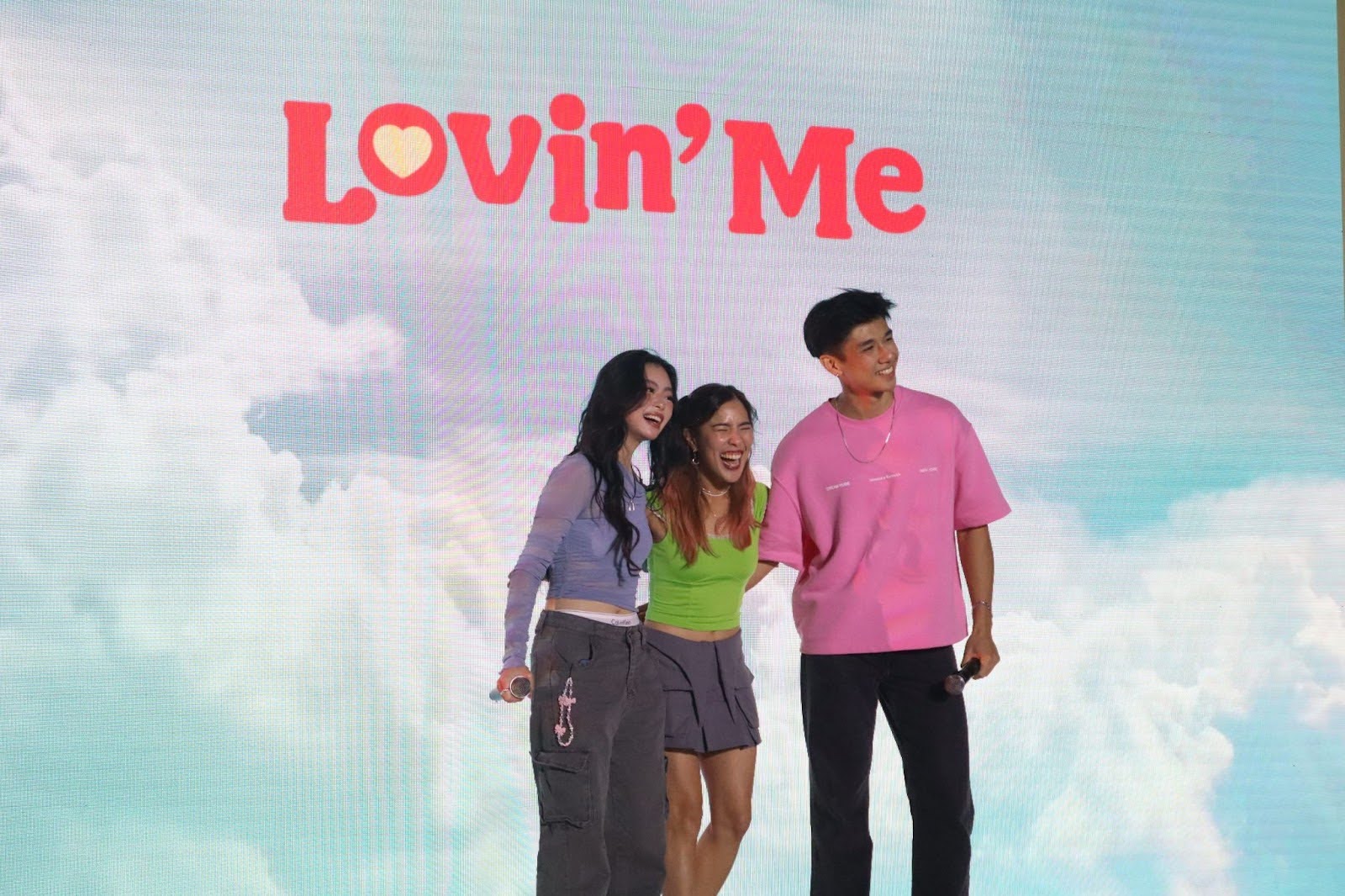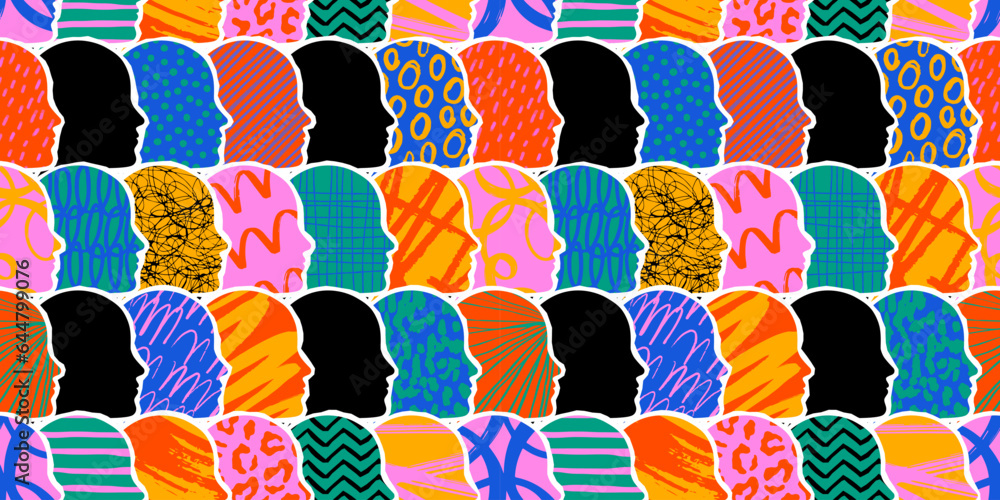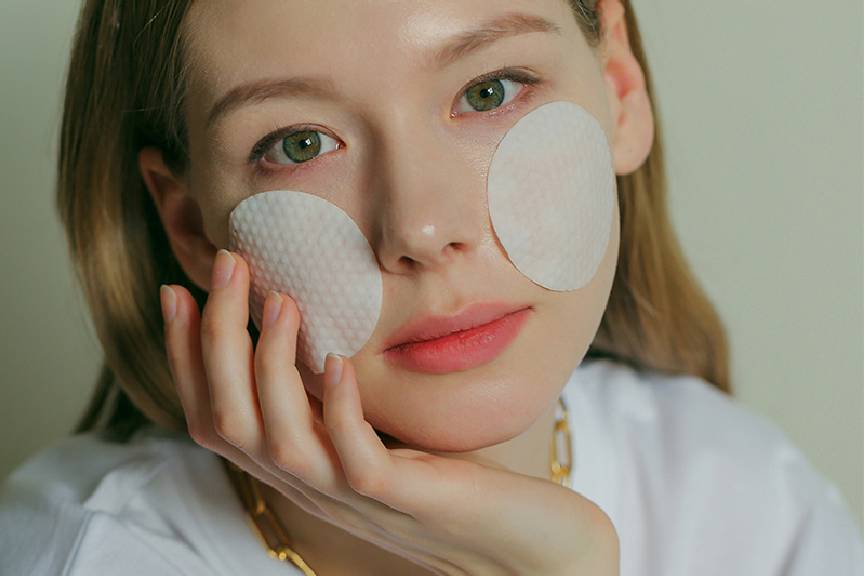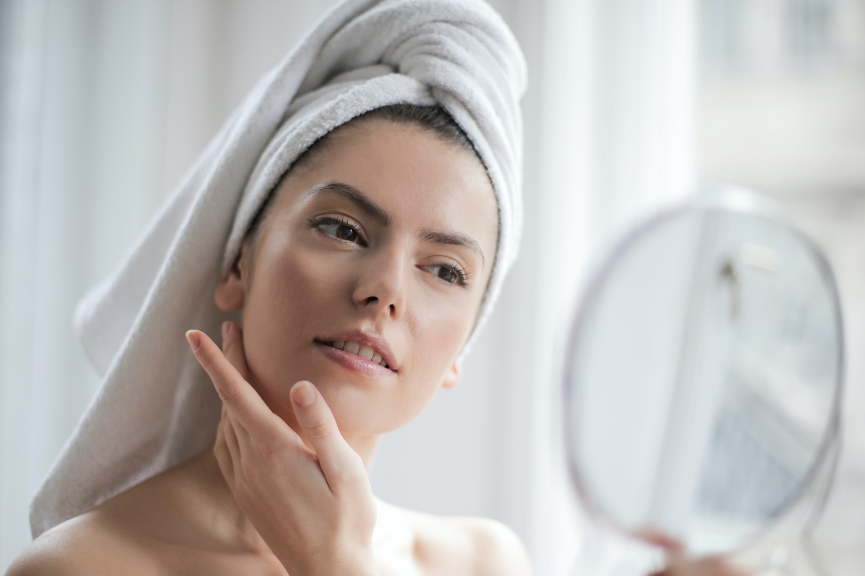TW (Trigger Warning): This post contains graphic images that may be disturbing to viewers. Viewer discretion is advised.
No matter what generation you’re from or how good you believe your vision is doing, it’s important to understand how to take care of and protect your eyes. Let us learn more about eye care and what to be concerned about from Dr Lee Tian Loon, Consultant, Department of Opthamology and Ms Fifiana Tan, Optometrist, Ng Teng Fong General Hospital.
Having proper eyecare must go hand in hand with a healthy diet and regular exercise. However, how much effort you should put in to take care of your eyes will vary depending on your age, lifestyle, and habits.
DID YOU KNOW?
Myopia is a silent yet globally growing problem.
According to Dr Lee, studies have revealed that there is an 11 per cent incidence of Myopia among six-year-olds and a speech by Dr Lam Pin Min, Senior Minister of State for Health, at the opening of the Singapore National Eye Centre’s Myopia Centre, August 16, 2019, adds that Singapore’s myopia rates are among the highest in the world with projections that 80 to 90 per cent of all Singaporean adults above 18 years old will be myopic and 15 to 25 per cent of these individuals may have high myopia.
As a result, we must not take anything for granted and act responsibly today. Increasing our time spent outside and doing less sighted work, such as reading and using our phones, can all help to reduce the prevalence of myopia.
This is to avoid developing other eye disorders later in life, such as early cataracts, glaucoma, and macular degeneration. Ministry of Health (MOH) website states that: “These complications often cause significant morbidity and may even be sight-threatening.”
Even though, myopia rates in Singapore continue to be among the highest in the world. We must all work together (eye to eye) in making continuous efforts to reduce the prevalence of myopia. Looking at our increased technological dependence and habits, we should also pay attention to the type of eyeglasses we wear. In fact, Ms Fifiana mentioned that one of the more proven methods is to use specially designed myopia control glasses or contact lenses.
“These complications often cause significant morbidity and may even be sight-threatening.”
Ministry of Health (MOH) Website
A STARTER PACK TO CHOOSING EYEWEAR FRAMES

We all desire to look and feel good in our eyeglasses. But choosing your perfect pair goes beyond just design and style. The secret is to consider “the size of the frames, comfort and the wearers’ safety requirements”, Ms Fifiana says.
Do you frequently spend your time outdoors? Or are you someone that’s just full of energy and has the drive for everything action-packed?
Not to worry, Ms Fifiana advises you to go for materials that are more impact-resistant, an example being spring hinges. Spring hinges are hinges that have a spring mechanism that allows the temples to flex outwards without breaking.
And, whether or not you’re an indoor or outdoor person, to prevent visual distortion, you should always consider frames that are more lightweight, stable and give off a nice fit on the face.
ESSENTIAL MUST-KNOWS ABOUT CONTACT LENS
Contact lenses, the clear plastic disc alternative to eyeglasses, should be no stranger to the youth community.
It is even more essential to understand contact lens care.
Washing our hands before putting them in or taking them out should always be top of mind when handling your contact lenses.
Overusing your lens can lead to a “Corneal Infection,” said Dr Lee. “It can cause permanent scarring and vision loss.” Hence, it is advised that we must not wear our contact lenses for more than 8 hours a day and definitely not for swimming or sleeping.
Early detection can help prevent long-term complications, thus, if you encounter any pain, redness, blurred vision or a white spot on your eye, remove your contact lens and seek medical attention immediately.
UV EXPOSURE AND ITS EFFECT ON US

Ultraviolet (UV) exposure refers to the energy from the sun that reaches the earth as visible, infrared, and ultraviolet (UV) rays.
They are linked to a number of harmful health conditions, namely, cataract, pterygium which is a growth of a membrane that covers the white part of your eye, as seen in the image above and may extend onto the cornea or even eyelid cancers.
UV rays can be strongest in places like sand, ice, and snow. And, for eyes that are not protected when this happens, a condition known as photokeratitis, which is similar to sunburn of the eyes, may develop right after the UV exposure, causing pain, redness, tearing of the eyes, or blurring of vision. – You should avoid looking directly at the sun, especially during a solar eclipse, as this may result in permanent vision loss.
Therefore, it is highly advised that you include UV protection in your eye care routine.
You have heard UV light, but have you heard blue light?
Both blue light and UV light are part of the electromagnetic spectrum that we are exposed to every day. UV light comes from the sun while blue light comes from our digital devices
According to Ms Fifiana, though overexposure from blue light that has a wavelength that is only slightly longer than UV light may be thought to be damaging to the eye, there has yet to be any concrete evidence that shows that blue light may be a potential risk to developing eye diseases.
In a nutshell, we should all still learn how to maintain proper eye care and cultivate good eye care habits in order to prevent contracting any eye diseases in the future.
Some preventative measures we can take include wearing sunglasses to protect your eyes from UV rays and put on your protective eyewear if you are partaking in certain sports or working in jobs like construction or renovation, avoiding prolonged contact lens wear, and doing too much sighted work.
If you’re interested in learning more, you can watch Mediacorp’s medical series, Let’s Talk About Health, which has an episode with Dr Lee and Ms Fifiana that goes into great detail about proper eye care.
Let’s Talk About Health is available on meWATCH, Mediacorp’s Entertainment YouTube channel and Channel 5 on Thursdays at 8pm.






